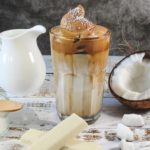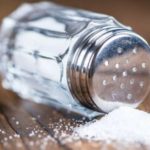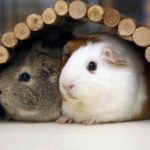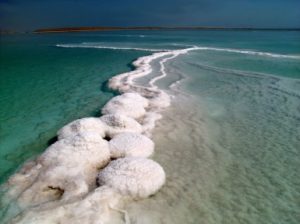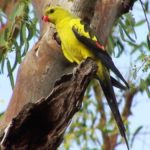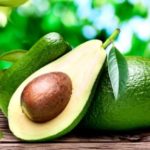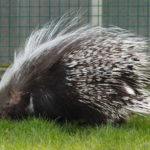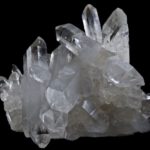26 interesting facts about coconuts
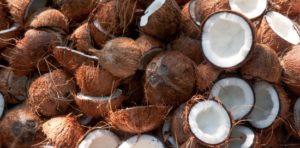 When the word “palm” comes to mind, it is usually its coconut variety that comes to mind. Yes, coconuts along with beaches and the blue sea have long been one of the symbols of relaxation somewhere in a luxury resort … Although in fact, the ingredients obtained from coconuts are found in many products that we regularly eat, so that they themselves are luxurious definitely not.
When the word “palm” comes to mind, it is usually its coconut variety that comes to mind. Yes, coconuts along with beaches and the blue sea have long been one of the symbols of relaxation somewhere in a luxury resort … Although in fact, the ingredients obtained from coconuts are found in many products that we regularly eat, so that they themselves are luxurious definitely not.
Coconut water is absolutely sterile if the nut has not yet been opened. Therefore, it was used 60–70 years ago as a substitute for blood plasma during transfusions.
In the distant overseas country of New Caledonia, coconut oil is used as an environmentally friendly fuel for one of the local power plants.
In some Asian countries, entrepreneurial locals use trained monkeys to extract coconuts from palm trees. An experienced monkey per day can easily get up to 5-6 hundred nuts for the owner, or even more.
About one and a half hundred cases of deaths as a result of a fall of coconut on the head are recorded annually.
Coconut-derived products are widely used in cosmetology.
Coconuts do not rot even in wet and hot weather due to their bactericidal properties.
On average, one coconut palm per year brings about four hundred nuts. In this case, the tree lives up to hundreds of years.
In Manila, the Philippine capital, there is a Coconut Palace, built entirely from the wood of this variety of palm trees.
From wood of coconut palm trees in some corners of the earth make beautiful, strong and durable furniture.
Shaggy “hair” from the coconut kernel is not waste, but a valuable raw material. Very strong ropes and ropes are weaved from them.
Strictly speaking, the coconut palm belongs to perennial herbaceous plants, and not to trees, since it has no branches. And without branches it is not considered a tree according to the botanical classification.
In the process of growth, the coconut palm consumes a lot of salt, so these trees grow mainly near the sea or ocean coast.
Coconuts have a pronounced immunostimulating effect.
Coconut water contains a lot of vitamins – K, B1, B3, B6, C and E.
Some confuse coconut water and coconut milk. Water is what is inside the nut, and milk is water plus chopped flesh of coconut.
Coconut is a drupe fruit, not a nut, but still most people call it that. We are including.
Coconut pulp contains almost all the substances necessary for the normal existence of the human body.
Coconut ripening takes up to 9-10 months. These fruits ripen all year round.
Average coconut weighs 2-2.5 kg, but these fruits do not grow individually. Usually they grow in bundles of up to several dozen pieces in each.
The number of leaves on a coconut tree always ranges from 20 to 35.
Coconut palms can grow to the height of a 10-story building.
Most coconuts in the world are produced annually in Indonesia.
The coconut shell is very strong, and it reliably protects the inside of the fetus from damage. Nuts sometimes sprout after crossing the ocean and being washed ashore for many thousands of kilometers from the mother tree.
Most scientists agree that coconut palms began to spread around the world from the territory of modern Malaysia.
In a small and remote country, the Kingdom of Tonga, a coconut falling on its head is the most common cause of premature death.
The word “coconut” has its roots in the Portuguese “coco”, which translates as “monkey”.
